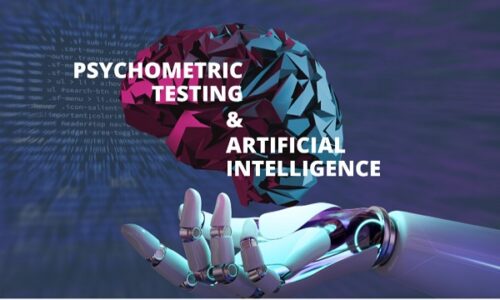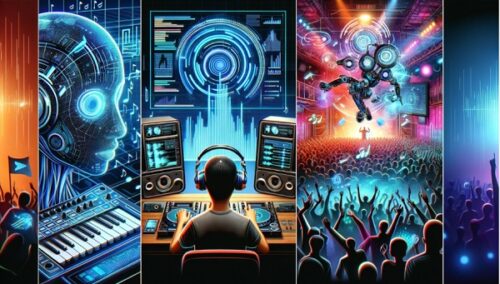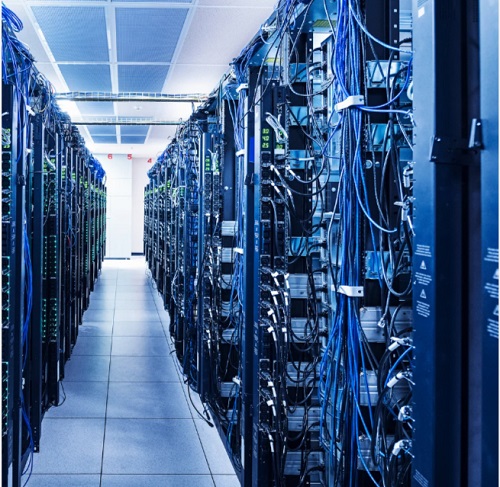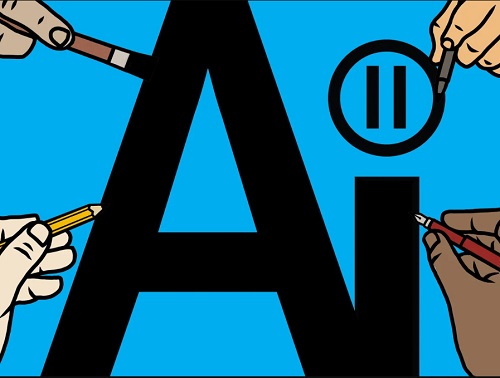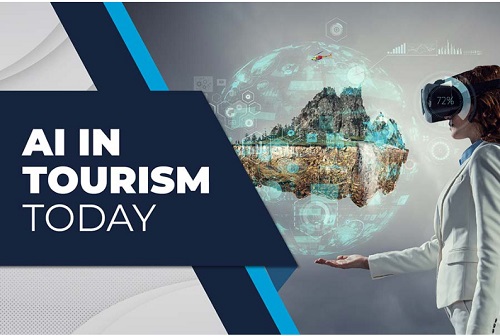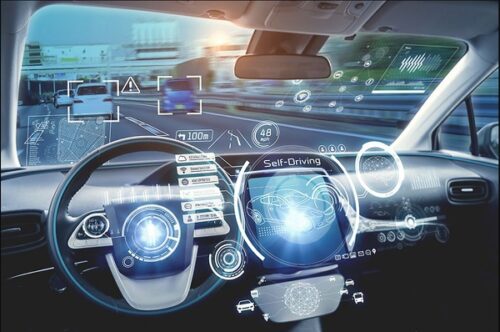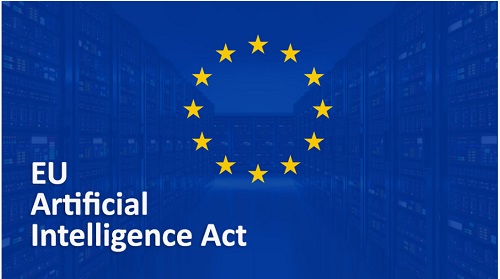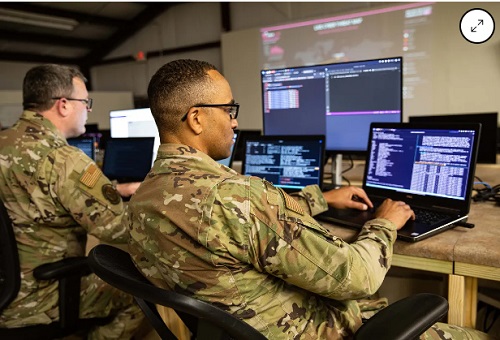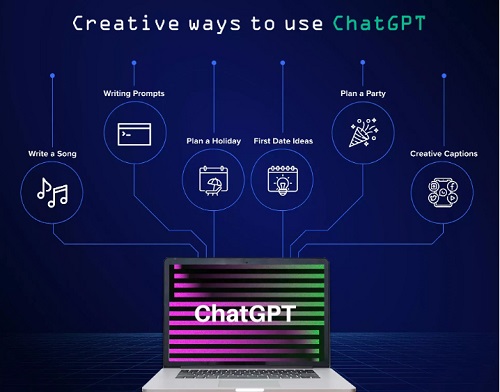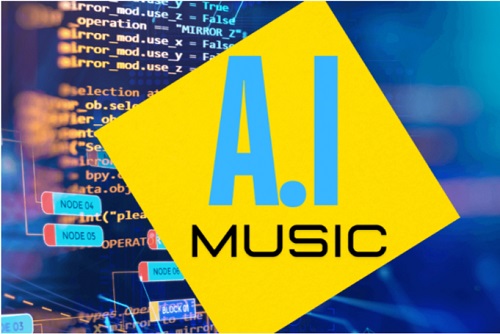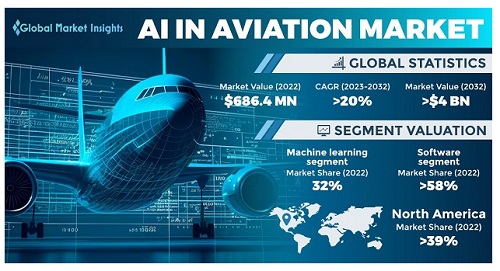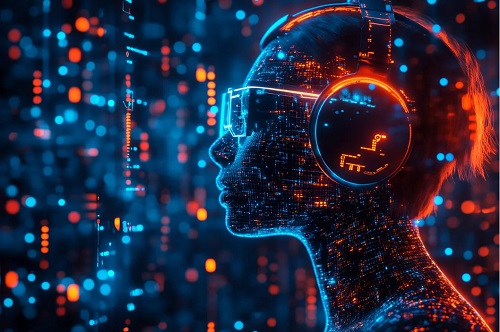Oxygen on Mars? A Chinese robot could search for the optimal production method on the red planet completely autonomously. Artificial […]
Tag: Artificial Intelligence
Can psychological tests uncover personality traits and ethical inclinations in AI models?
Psychology is a field of study that focuses on understanding people’s actions, feelings, attitudes, thoughts, and emotions. Although human behavior […]
In England, an AI chatbot is being used to help individuals struggling to find a psychotherapy placement
In England, an AI chatbot is being used to help people find a psychotherapy place, and according to an analysis, […]
The field of AI music has seen rapid advancement in recent years
Artificial intelligence is making its way into various aspects of daily life, including music composition. Universal Music is now seeking […]
The energy consumption of AI tools is substantial and on the rise
The use of artificial intelligence is growing, leading to increased energy demands in data centers. Experts warn that the electricity […]
Experts from research, science and the tech industry called for a pause in the development of artificial intelligence
The rapid development of artificial intelligence is attracting criticism. More than 1,000 experts from tech and research-including Elon Musk – […]
Artificial intelligence (AI) could majorly impact the tourism industry
Artificial intelligence (AI) could majorly impact the tourism industry. Will holiday recommendations and personalized excursion suggestions become the norm? What […]
Another job lost to AI. How many more jobs are in danger?
AI is rapidly evolving and impacting various aspects of contemporary life, but some specialists are concerned about its potential misuse […]
The AI boom is causing chip company Nvidia’s business to grow explosively
he artificial intelligence helped the chip company Nvidia achieve excellent business figures. The chip company is the largest provider of […]
How do smart cars use AI?
It appears that discussions, debates, and subtle signals related to generative AI are everywhere these days. The automotive industry, like […]
In the future, strict rules for the use of artificialintelligence will apply in the EU
In the future, strict rules for the use of artificial intelligence will apply in the EU. The law is important, […]
How is AI changing the workplace?
Artificial intelligence (AI) technology is changing the world: It can write presentations, advertising texts, or program codes in seconds. Many people […]
How is Artificial intelligenceAI being used in the military and security?
Artificial intelligence (AI) is considered a topic of the future. But in some companies and industries, it is already part […]
What are the benefits of developing AI in healthcare?
Malnutrition, delirium, cancer – with all of these diagnoses, doctors in a New York hospital receive support from artificial intelligence. […]
The publication of the chatbot ChatGPT
So far, users can only communicate with the ChatGPT bot using the keyboard. But that could change. Real conversations or […]
AI music generators blur the line between creators and consumers
AI’s influence is increasingly felt in the music industry, from creating new versions of existing music to streamlining the mastering […]
Tesla uses a neural network for the autopilot system in the vehicles
What are Neural Networks?Neural networks are a series of algorithms that aim to imitate the human brain in order to […]
The integration of AI in the airline industry is a game-changer, promising enhanced efficiency, safety, and customer satisfaction
The International Air Transport Association (IATA) predicts that the global revenue of commercial airlines will rebound in 2023. It is […]
AI is revolutionizing music creation, production and distribution
Daily, we receive updates on the rapid progress of artificial intelligence, which offers great opportunities as well as significant risks. […]
AI has the potential to revolutionize the restaurant industry
Explore the impact of AI on restaurants, simple methods to incorporate it into your business, and upcoming trends to keep […]


